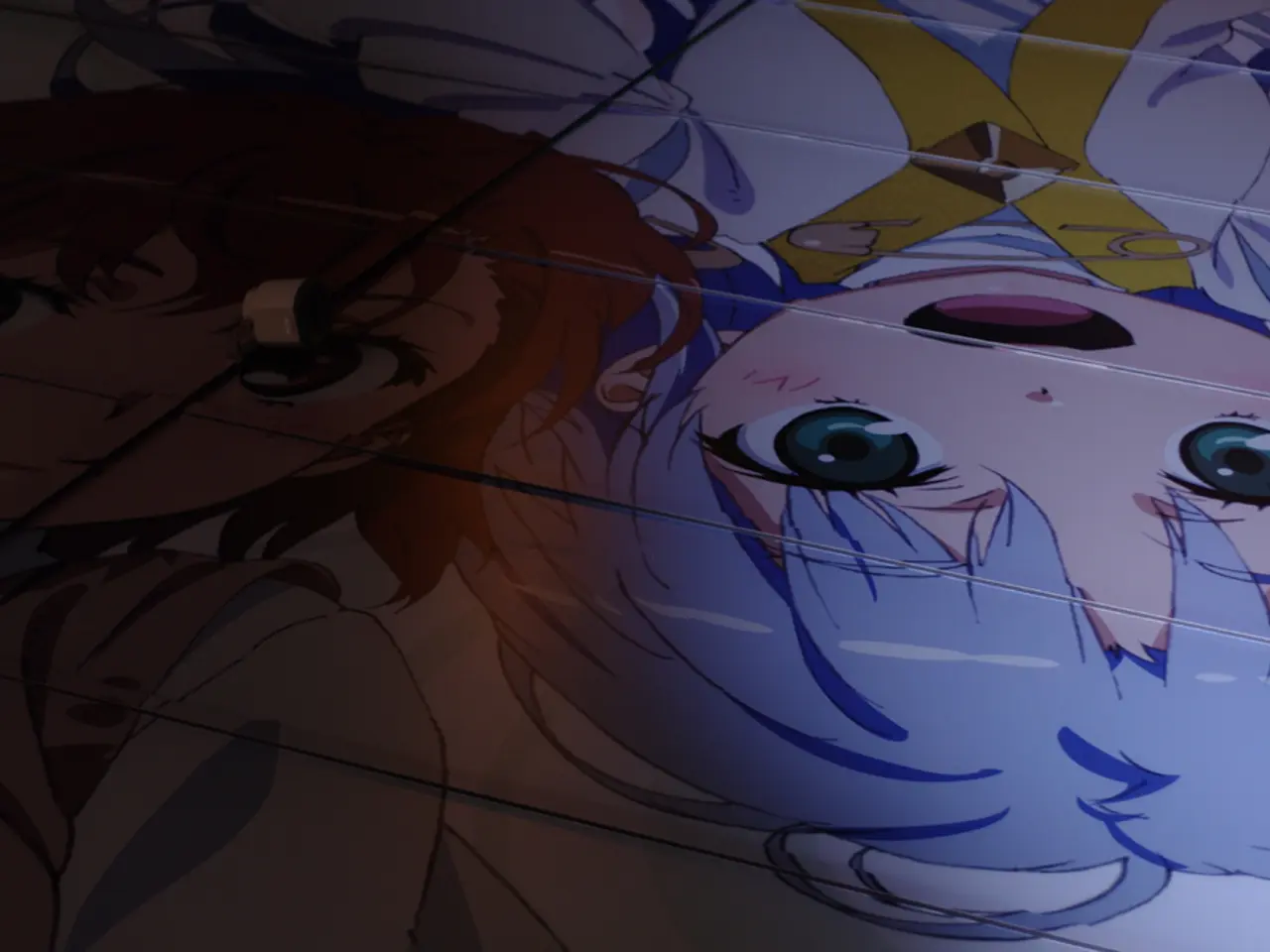Contemplating the Iconicity of Distinguished Anime Antagonists
In the vibrant world of anime, villains often play a pivotal role in shaping the stories and characters that captivate audiences worldwide. From complex female villains to iconic male antagonists, these characters are remembered for their depth, visual impact, emotional resonance, and lasting influence on the narrative.
One such example is Lust from Fullmetal Alchemist, a seductive and loyal villain who embodies a captivating blend of charm and danger. The Espada from Bleach are not just characters with cool designs; they have deep backstories and engage in thrilling and thought-provoking battles with the main characters.
Iconic villains such as Light Yagami from Death Note, Frieza from Dragon Ball Z, Madara Uchiha from Naruto, Johan Liebert from Monster, Azula from Avatar: The Last Airbender, Father from Fullmetal Alchemist, Scar from the same series, and Lelouch from Code Geass, all have layers of emotional complexity that blur the lines of traditional villainy.
These villains are driven by distorted senses of justice, internal conflicts, and deep-rooted ambitions, making them relatable and their choices understandable. Their complexity enhances their role in the story and makes them crucial elements to the plot and themes.
Memorable anime villains like Pain from Naruto Shippuden and Shougo Makishima from Psycho-Pass have emotional backgrounds and moral complexities that make them engaging and memorable. Their battles with the heroes push the limits and leave viewers on the edge of their seats.
Anime villains often capture attention with their unique traits, distinct goals, and show some humanity. Female villains in anime often take on roles that involve manipulation, strategy, and deep-rooted ambitions, challenging traditional male-centric villain roles and impacting the broader anime world.
The Akatsuki from Naruto and the Espada from Bleach shape the stories in their respective series, pushing the heroes to grow and adding depth to the plot. Villains like Pain and Light Yagami can transform whole plots, causing characters to question their beliefs and forcing them to grow.
Memorable factors that contribute to the longevity of these characters include their complex motivations, visual and narrative impact, emotional resonance, and lasting influence on the story and its characters. For instance, Kurozumi Orochi in One Piece has intricate roles in the Wano Saga, while Hayase in To Your Eternity transforms from a respected warrior to a deranged, violent character, leaving a lasting impact on the story.
In conclusion, while fan hype certainly amplifies the reputation of anime villains, it is the depth of their character development, their contributions to the plot, and the emotions they evoke in viewers that truly make them memorable. These factors not only ensure their place in the minds of fans but also contribute to the overall richness and impact of the anime narrative.
Gaming, with its immersive storylines and engaging characters, often draws inspiration from anime's memorable villains. For instance, role-playing games might incorporate the emotional depth of Light Yagami from Death Note or the strategic prowess of Azula from Avatar: The Last Airbender, enhancing the gaming experience by offering intricate, multi-layered villains.
In the realm of lifestyle and entertainment, such iconic villains have transcended the borders of anime, becoming popular symbols in various forms of media, merchandise, and fan art, reflecting their enduring impact on pop culture.








